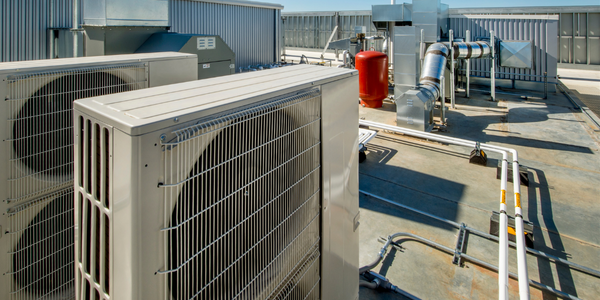Smarten up your project with Polygon
GET FAMILAR
GET SMARTER
At Polygon, we specialize in advanced climate solutions tailored for mass timber projects—offering real-time monitoring, precise humidity control, and expert guidance to protect materials at every stage. Discover how Polygon can help you safeguard mass timber and other construction materials for your next project.
Is your team or owner tempted to use the permanent HVAC system during construction to climatize a job?
An early start-up can be convenient and appear to not be a problem but carries hidden risks that can undermine the project's success.
Consider the following and discuss these issues with your stakeholders to gain support for a temporary system.

4. Imperfect tool
Permanent systems heat and cool spaces, but they cannot target areas or turn on/off based on spec conditions making them an imperfect tool for the construction phase.
5. Higher operating costs
Since they are less efficient in unfinished buildings, permanent systems often result in higher costs than temporary systems. Imagine a 70,000 square foot building with 15-foot ceilings. Over the course of 30 days, the in-house HVAC system drives $38,500 in operating cost. Renting and operating a temporary climate solution, on the other hand, costs $32,300. By opting for the temporary equipment, you’re saving over $6,000 in one month.

Temporary climate control systems reduce liability by managing temperature and air quality more effectively, protecting HVAC warranties, and saving money. An effective temporary system is versatile and energy-efficient in accelerating drying processes, protecting warranties, and providing continuous, and clean ventilation. These solutions ensure an optimal climate for curing coatings, manufacturing, and maintaining comfort without compromising the permanent system.
Next Article